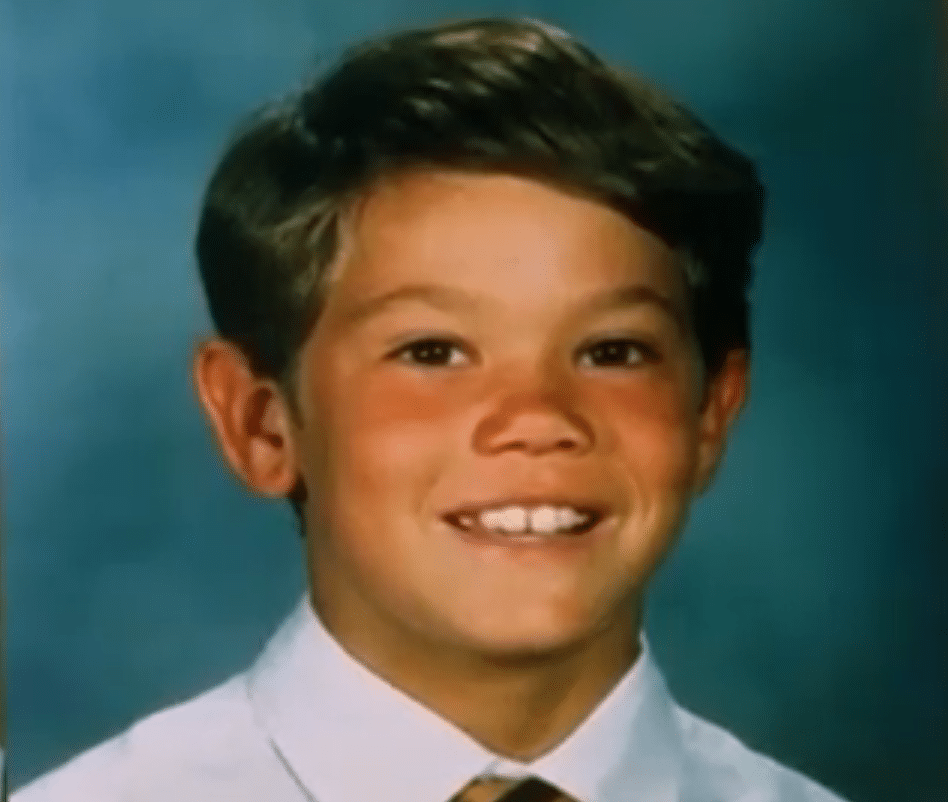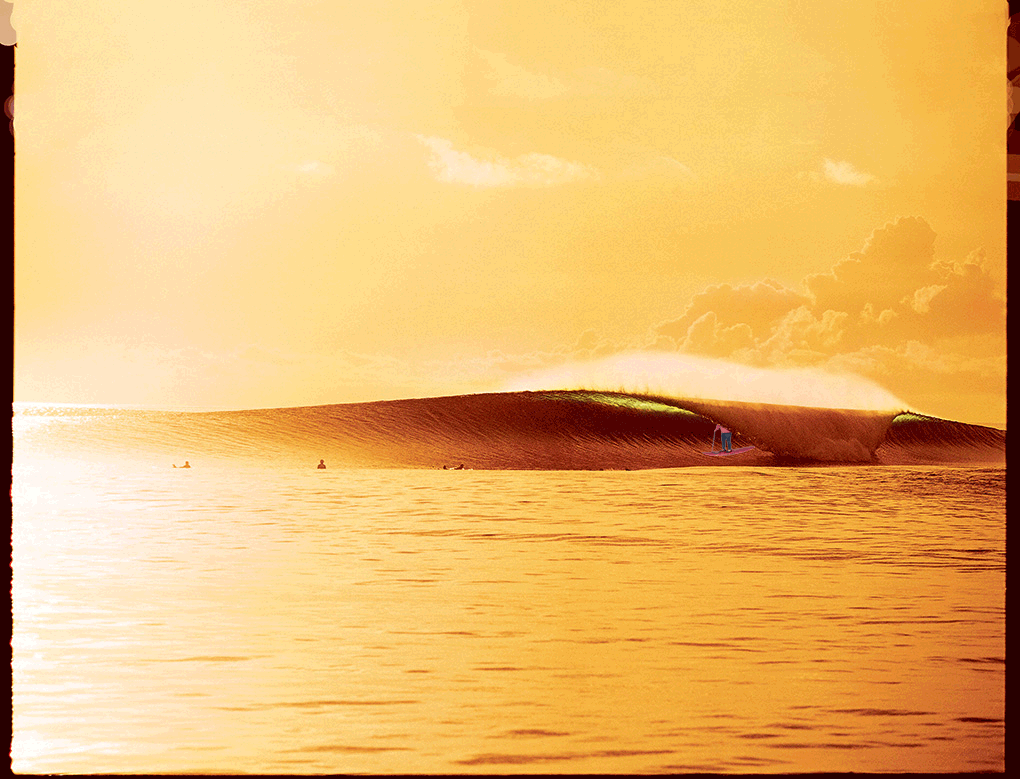What is the best way to counter a human tragedy?
One of my proudest life achievements is being included in Matt Warshaw’s epic Encyclopedia of Surfing (subscribe here already). The world’s greatest and only surf historian describes me thusly:
Bright, hyper-ironic surf journalist, author, and bon vivant from Coos Bay, Oregon; frequent contributor to Stab magazine, contributing editor at Surfing magazine, and co-founder of Beach Grit, a surfing website.
And while I’m only “bright” when juxtaposed with Stab’s utterly retarded staff and while, for reasons unbeknownst to me, I don’t contribute to them quite so much anymore and while Surfing magazine is totally dead in the grave, I did co-found BeachGrit and I am hyper-ironic. So hyper-ironic, in fact, that I can rarely discern what I actually believe about any given topic.
It’s anti-depressive!
But son of a bitch this last week has kicked me in the gut. Between a massive American shift toward identity politics and Presidential incompetence and terrorist attacks in Spain and ignorant babbling on the right and panicked screeching on the left, it all feels like a mess.
The thing that gets me most, though, isn’t happening in North America or Europe and it isn’t on the front page of any American newspaper and nobody is ignorantly babbling or panically screeching about it.
It’s happening in Yemen where Saudi Arabia, for no even halfway good reason and with the United States’ support, has bombed the country into the worst humanitarian crisis in the entire world. And today it was revealed that the Saudis are targeting children with their bombs.
And it crushes me. I’ve been to Yemen six or so times in my life. It was where I got my start as a “surf journalist” writing the worst thing ever for Australia’s Surfing Life. It was there I first shot an AK-47. There I first shook hands with a man affiliated with Al-Qaeda. There I first saw a tree bleed. That initial trip was from Sana’a, the capital, down to Aden and then along the entire coast, for three months, all the way to Oman.
Subsequent trips involved riding motorcycles from edge to edge, driving a Land Rover from edge to edge and sailing along its Red Sea coast.
It was always wild, magical, brilliant. Untethered. Yemen is not blessed/cursed with oil like its Arabian peninsula neighbors and has a rough, independent people so was mostly left alone over the last few centuries. My three friends and I were the first white men ever seen in some of those far off towns. At the time I thought it was a fun footnote. Today I think I am one of the few westerners on earth who know what Yemen really is. Like, really really is, and I have a responsibility to say something about its destruction.
But what?
What works? I have no idea how to cut through the clutter, how to get anyone’s attention. I suppose I’ve reached a desperation point and no longer care what works. I’m going to start doing what I know. I’m going to start posting stories about those trips. About the waves, the people, the architecture, food, customs, religious practices, color, spark, life. I am going to spend the next six months painting a non-ironic picture of the country I love most right here.








